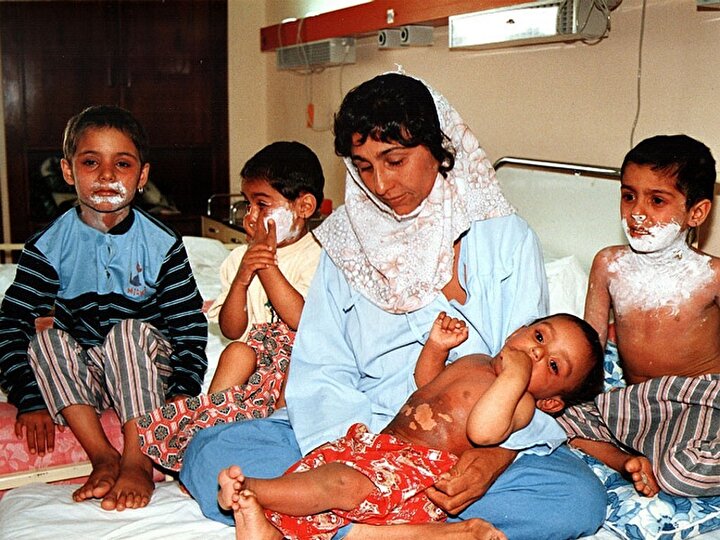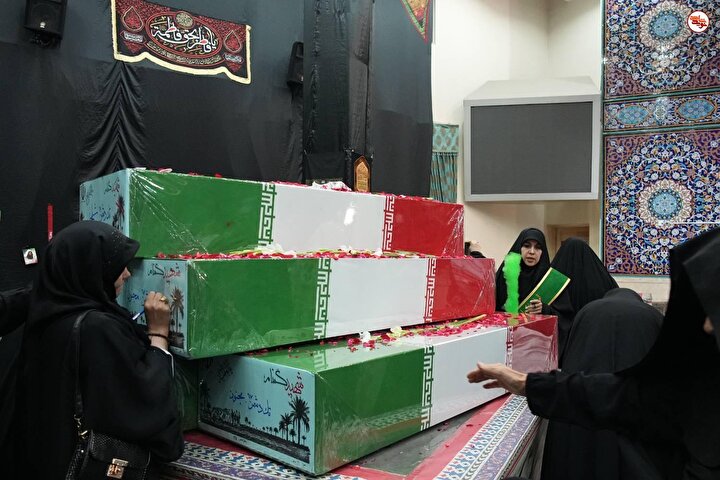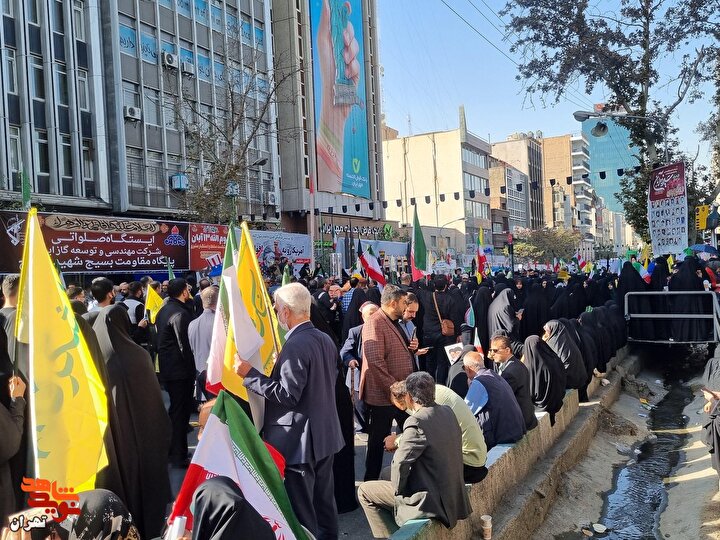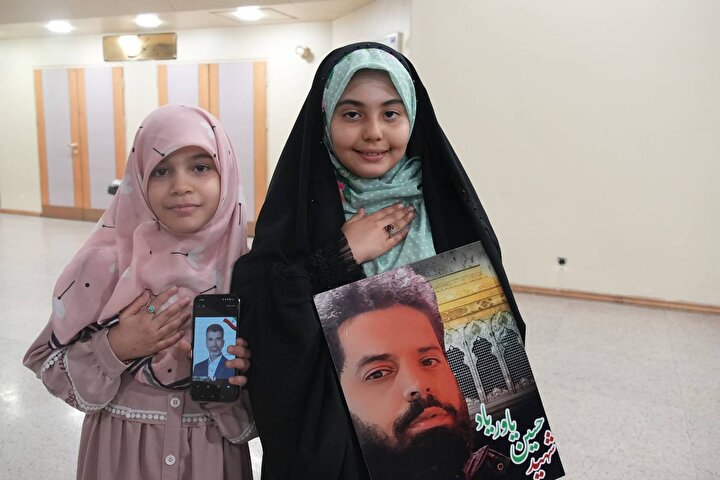
80countries that equipped Saddam against Iran
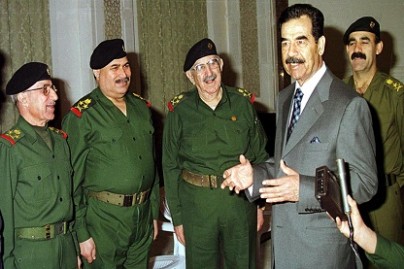
When in September 1979 Iraq invaded Iran,
the two countries’ situations were completely different from each other.
As the war started, Iran was deprived of any sort of foreign support,
but on the other hand the Ba’ath regime of Iraq entered the war with
full international backing and various Western and Arab countries would
give him radars and defense systems as well as the latest equipment.
Not only that, Iraq was backed with all sorts of economic support. In this article, we will study the main Western and Arab supporters of Iraq in its war on Iran.
- Western Supporters
As the war started, while Iraq enjoyed the direct and indirect support of over 80 countries, Iran was not even given the right to purchase barbed wire or the simplest military equipment.
As the main supporter of Iraq in the war against Iran, the United States used to follow two goals: the short term goal was to free its hostages after it had failed to do so in the Nojeh coup plot. And the other objective was that the US was looking to contain the Islamic revolution and stop its spread. Carter’s security aide Zbigniew Brzezinski considered a war on Iran the best way to contain the revolution and said: In fighting the Iranian revolution, the US should consider empowering regional governments that are able to carry out military operations against Iran.
Besides that, the Reagan administration backed Saddam with great intelligence support. Just eight days into the war, five American airborne early warning and control (AEW&C) airplanes were given to the Saudi Arabia to be used in the service of Iraq against Iran.
Also, the US government allotted some $840 million to Iraq to import food so that the public Iraqi would not be wary of the war. The US also gave Iraq a loan of $1 billion for purchasing and making arms.
Delisting Iraq from the countries supporting terrorism was another move to facilitate Iraq’s arms deals.
Saddam received over $50 billion from Western countries during the war with Iran.
When Iran was about to retake al-Faw, Iraq had about five thousand tanks, 4500 armored personnel carriers, 5500 cannons, 420 helicopters, as well as 720 fighter jets.
Besides the US, the governments of Brazil, Britain, and Argentina which were pretty much advanced in military terms provided Iraq with arms.
France also, although claiming impartiality in the beginning, has shown on records to have given the Ba’ath some $4.7 billion. Also, the state-of-the-art laser missiles and super-standard fighters which were latest developments of France were given to Saddam.
Germany was another country which pioneered in sending Iraq chemicals to aid the regime in making over 6000 tons of chemical bombs to use against Iranians.
Yet, one of the most novel moves in the war was the parallel policies of the East and West, a historic marvel of the kind.
As Iraq started the invasion, the US and USSR which had been at odds since WWII started to file among the supporters of Iraq.
The USSR provided Saddam with the most modern fighters, helicopters, and sorts of ammunition. Also, Soviet commanders would visit Iraq to provide military education and consultation.
About 85 of the equipment used in the war against Iran came from the USSR.
- Arab supporters
Arabs dubbed Saddam as the hero of Qadisiyah, the Pride of Arabs, and the Times’ Salahuddin Ayoubi when he engaged in war with Iran. They provided him with billions of dollars of gratuitous grants.
With great reserves of oil, the Arab states were the main supporters of Iraq in the war. Saddam himself, one year after he was arrested during the US invasion of Iraq, said in 2004 that many Arab states had helped him during the invasion of Iran.
Iraq’s major supporter among Arab countries was Jordan. It used to hold grudges against Iran right after the revolution. Following the Arab leaders conferences in Baghdad and Tunisia, Iraq and Jordan grew closer and closer every day. So much so that Malik Hussain explicitly took position against Iran and in favor of Iraq and offered it immense political, military, and economic support, including several loans, each multiple billions of dollars.
An October 1979 issue of the Guardian wrote that Malik Hussain the Jordan king had sent about five thousand troopers to Iraq to take on the task of providing the country with domestic security, so that Iraqi soldiers could fight in the fronts with Iran.
Kuwait was another major baking agent behind Iraq in the war. It not only gave its soil and air base to Saddam, but gave him a grand of $14 billion. This comes beside the oil that Kuwait would export to Iraq.
The United Arab Emirates and Qatar gave Iraq $1 billion and $500 billion respectively by the end of 1981.
Also, Kuwait and Saudi Arabia agreed that starting 1982, the revenues of oil export from a non-interested zone equal to the price of 300 to 350 thousand barrels per day of oil be deposited with Iraq.
Saudi Arabia which had also grown very friendly with the US, lowered oil prices to slash Iran’s oil revenue.
The then Saudi King Malik Khalid in a phone conversation with Saddam in September 25, 1980 expressed his country’s support for Iraq.
Of the total $70 billion support provided to Iraq by the Persian Gulf countries then, over $30 billion came from Saudi Arabia.
Egypt was also a big player. In the 1980s, Husni Mubarak government gave Iraq worth $3.5 billion missiles and equipment.
Sudan also dispatched hundreds of troopers to the fronts. It had launched offices across the country to recruit soldiers to be used against Iran.
Libya, although initially claiming to be behind Iran, stood behind Iraq in the end, supporting him beyond limits of fairness and human rights concerns.
Other countries such as Yemen, Bahrain, Oman, Morocco, Algeria, and Somalia were also supportive of Saddam during the war.
